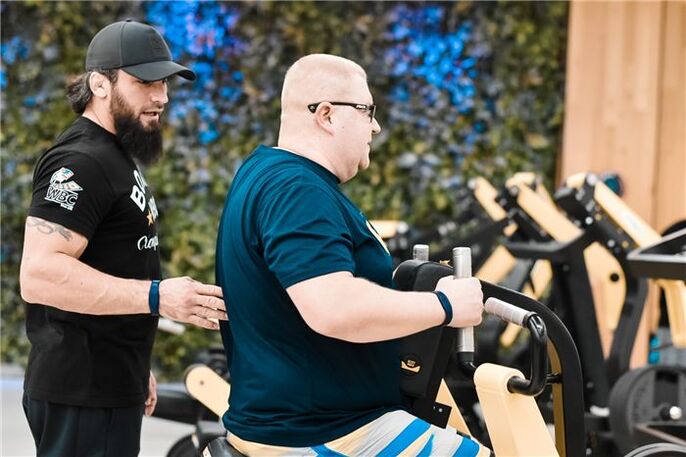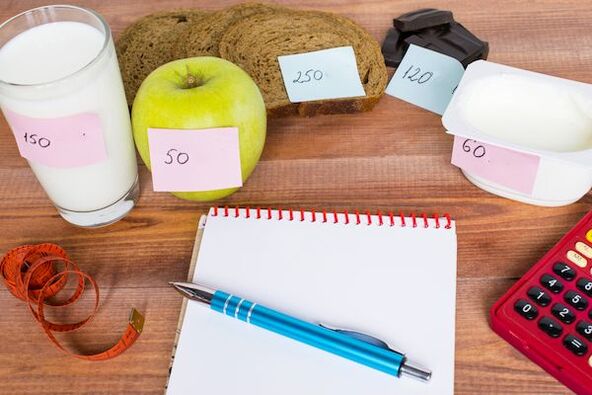Lunch (long starch) – rice, lentils, beans, buckwheat, chickpeas, quinoa, bulgur, cereals).
Evening (vegetables) + You must give yourself 200-300 kcal of calories (fruits, natural chocolate, yeast-free baked goods) and your favorite products from the BZHU range within 2 hours before going to bed.
For example: You need to eat 150 grams of carbohydrates each day, consume 100 grams of it before training, and distribute the rest throughout the day.
Reduce (or preferably delete) the number of simulators: coffee, tea, tobacco, alcohol.
- B12-, iron deficiency anemia, weakness, increased fatigue, impaired hematopoiesis (pale and yellowish skin and mucous membranes, rapid heartbeat, heartache, exercise intolerance, dizziness and frequent fainting, enlarged spleen), damage to the digestive system (Indigestion, erratic stools, loss of appetite, weight loss, changes in tongue color and shape, dysgeusia, frequent oral infections, abdominal pain after eating), neurological damage (impaired sensitivity, paresthesia, ataxia, decreased muscle strength)), urinary disorders, mental disorders).
- Hypothyroidism. Decreased physical and mental performance, increased fatigue, skin changes (myxedema), increased sensitivity to cold, hoarseness, weight gain, facial and body swelling, constipation, hypotension and bradycardia, drowsiness, memory and intellectual decline), stunted growth and intellectual development in children.
- Metabolic syndrome (insulin resistance). Abdominal weight gain, metabolic disorders, and insulin resistance. Subjective feelings: bad mood when hungry, increased fatigue, food selectivity, rapid heartbeat, heartache, headache, thirst and dry mouth, increased sweating
How many calories do you need daily to lose weight?

Where to start?
- Men burn more calories than women.
- The older a person gets, the less energy they use.
- You need more calories during puberty, pregnancy, and illness.
- Physical activity increases the rate of calorie burn.
- Multiply the weight by 10.
- Multiply the height by 6. 25.
- Multiply age by 5.
- 1. 2 – You spend days lying on the couch or working in the office.
- 1. 375 – 3 times a week you will remember you need to exercise.
- 1. 55 – Active athletes who exercise 5 times a week.
- 1. 725 – You train actively every day.
- 1. 9 is an avid athlete and during your off time you work as a loader.
((85x10) + (180x6. 25) - (35x5) - 161) x 1. 2 = 1966. 8 calories.
How to lose weight by counting calories?
1966. 8-20%=1573. 44 calories.
- The caloric intake cannot be less than 1200 calories, otherwise the body will not have enough energy to maintain life and may suffer from various chronic diseases.
- You can't calculate how many calories you need each day to lose weight, eat them in the morning and then walk around hungry all day. Look to split your meals into 5-6 servings. This way, the intestines and stomach are constantly busy at work, hunger pangs are less disruptive, and eating as a whole becomes more enjoyable.
- Not only do calories need to be monitored, but nutrients as well. Food should be varied to avoid vitamin deficiencies and other health problems.
- We must not forget water. Drinking plenty of fluids speeds up the metabolic processes in the body and eliminates toxins. This helps a lot in losing weight quickly.
((85x10) + (180x6. 25) - (35x5) -161) x 1. 55 = 2540. 45 calories.
Why can't we reduce our diet too much?
- Hair falls out and skin condition worsens;
- The person becomes irritable and easily depressed;
- Interference in the function of digestive organs and kidneys;
- Decreased ability to concentrate and think coherently.
How to calculate daily calorie intake

What is basal metabolism?
Harrison-Benedict formula calorie calculation
- Female: 655. 1 + (9. 563 × weight (kg)) + (1. 85 × height (cm)) - (4. 676 × age (years));
- Male: 66. 5 + (13. 75 × weight (kg)) + (5. 003 × height (cm)) - (6. 775 × age (years)).
- 1. 2 – Minimal (sedentary work, lack of physical activity);
- 1. 375 – Low (train at least 1-3 times per week for 20 minutes each time);
- 1. 55 – Moderate (exercise 3-4 times per week for 30-60 minutes);
- 1. 7 – High (exercise 5-7 times per week for 30-60 minutes; heavy physical work);
- 1. 9 – Extreme (intense exercise 6-7 times a week, several times a day; very labor intensive).
Calculate calories using the Mifflin-San Geor formula
- For women: (10 x weight in kilograms) + (6. 25 x height in centimeters) – (5 x age in grams) – 161;
- For men: (10 x weight in kilograms) + (6. 25 x height in centimeters) – (5 x age in grams) + 5.
Cage-McArdle Calorie Formula
World Health Organization (WHO) formula
- For women aged 18 to 30 years (0. 062 x body weight in kilograms + 2. 036) x 240 x CFA;
- For women aged 31 to 60 years (0. 034 x body weight in kilograms + 3. 538) x 240 x CFA;
- For women over 60 years old (0. 038 × weight kg + 2. 755) × 240 × CFA;
- For men aged 18 to 30 years (0. 063 x body weight in kilograms + 2. 896) x 240 x CFA;
- For men aged 31 to 60 years (0. 484 x weight in kilograms + 3. 653) x 240 x CFA;
- For men over 60 years of age (0. 491 x weight in kilograms + 2. 459) x 240 x CFA.
daily calorie calculator
How to correctly reduce daily caloric intake to lose weight?
Protein, fat and carbohydrates when counting calories
- Weight loss: 30-35% protein, 30-35% fat, 30-40% carbohydrate;
- Maintain weight: protein 25-35%, fat 25-35%, carbohydrate 40-50%;
- Weight gain: 35-40% protein, 15-25% fat, 40-60% carbohydrates.














































































